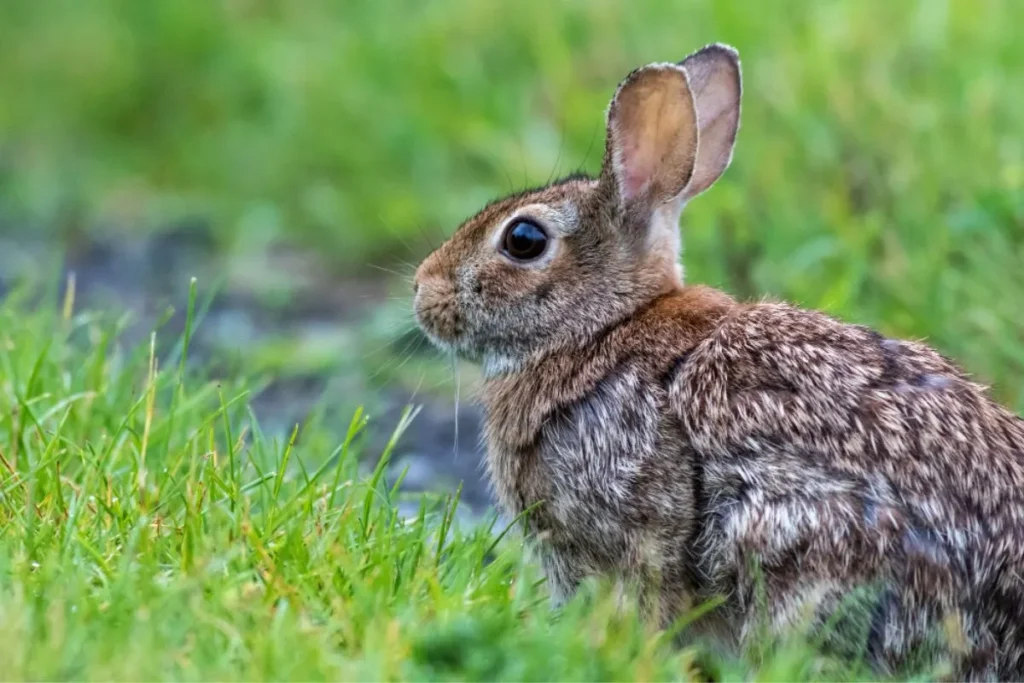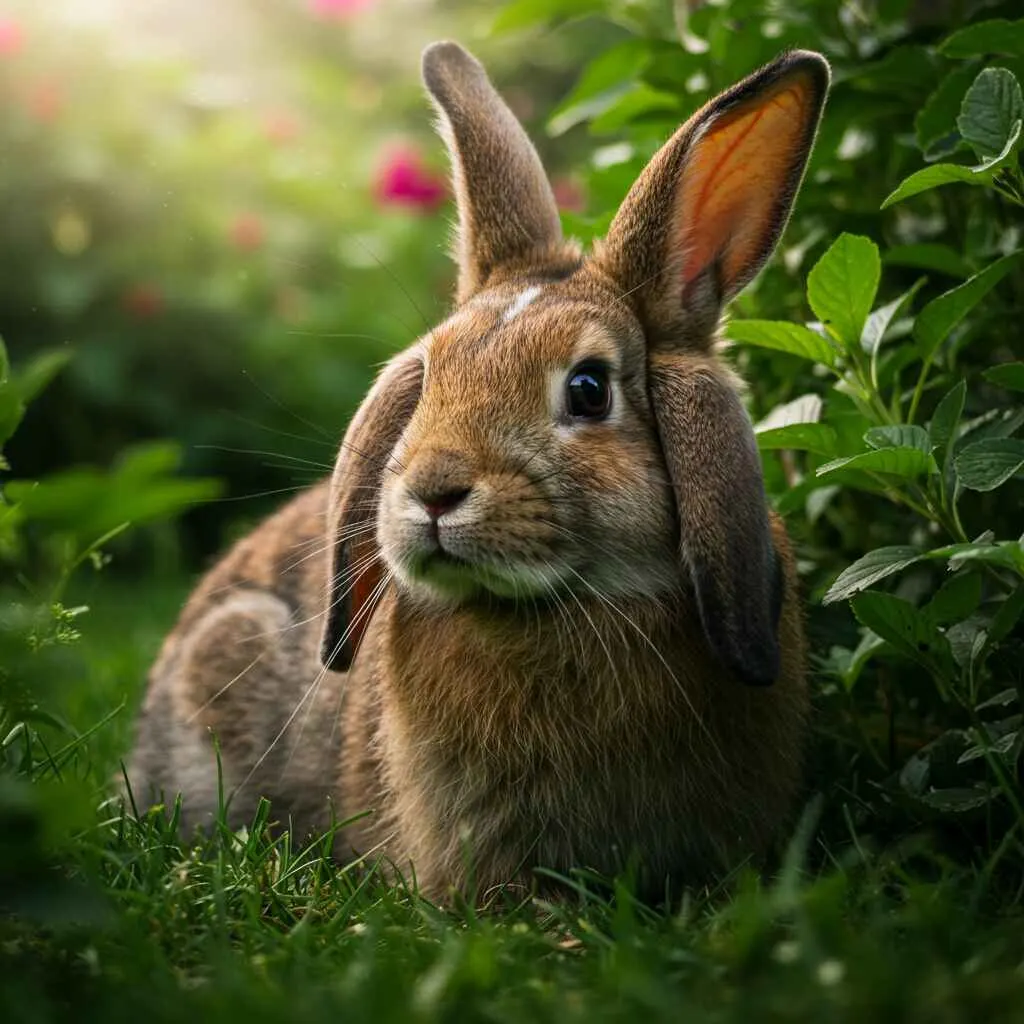Table of Contents
Introduction
Despite their reputation as quiet pets, rabbits have a sophisticated vocal communication system. Their subtle sounds, combined with body language, create a complex communication network that allows them to express emotions, needs, and warnings. Understanding these vocalizations is crucial for rabbit owners to provide better care and build stronger bonds with their pets.
The Science of Rabbit Communication
Vocal Anatomy
- Structure of rabbit vocal cords
- Sound production mechanisms
- Frequency ranges of rabbit vocalizations
- Evolution of rabbit communication systems
Communication Methods
- Vocal signals
- Body language
- Scent marking
- Ground vibrations
- Facial expressions
Detailed Guide to Rabbit Sounds
Contentment Sounds
Teeth Purring (Tooth Clicking)
- Characteristics:
- Soft grinding sound
- Gentle jaw movement
- Usually rhythmic
- Context:
- During petting
- While relaxing
- After meals
- How to distinguish from pain grinding:
- Volume level
- Associated body language
- Timing and context

Clucking
- Similar to hen sounds
- Occasions:
- Nursing mothers to kits
- During feeding time
- Expressions of satisfaction
- Associated behaviors:
- Relaxed body posture
- Gentle head movements
- Calm demeanor
Warning Sounds
Thumping
- Physical mechanism:
- Use of powerful hind legs
- Ground vibration creation
- Sound amplification
- Purposes:
- Danger alerts
- Territory defense
- Disapproval expression
- Response guidelines:
- Immediate environment check
- Threat assessment
- Calming techniques
Growling
- Characteristics:
- Low, sustained sound
- Throat-based vocalization
- Various intensity levels
- Triggers:
- Territorial disputes
- Perceived threats
- Resource guarding
- Associated body language:
- Raised tail
- Flattened ears
- Tense posture
Distress Signals
Squealing
- Context:
- Fight situations
- Pain indication
- Fear response
- Urgency levels:
- Minor discomfort
- Moderate pain
- Severe distress
- Required responses:
- Immediate attention
- Situation assessment
- Intervention methods
Screaming
- Characteristics:
- High-pitched
- Intense volume
- Piercing quality
- Critical situations:
- Extreme fear
- Severe pain
- Life-threatening danger
- Emergency response protocol:
- Immediate intervention
- Predator checks
- Veterinary assessment
Social and Mating Sounds
Grunting
- Types:
- Mating calls
- Social interaction
- Attention-seeking
- Context interpretation:
- Breeding behavior
- Social hierarchy
- Human interaction
- Gender differences:
- Male-specific sounds
- Female responses
- Seasonal variations
Respiratory Sounds
Sneezing
- Normal causes:
- Environmental irritants
- Strong odors
- Dust particles
- Warning signs:
- Frequency patterns
- Associated symptoms
- Duration concerns
- When to seek veterinary care:
- Persistent sneezing
- Discharge presence
- Behavioral changes
Sighing
- Characteristics:
- Soft exhalation
- Brief duration
- Subtle sound
- Emotional indicators:
- Contentment
- Resignation
- Mild frustration
- Context importance:
- Environmental factors
- Recent events
- Overall mood
Interpreting Combined Communications
Sound and Body Language
- Integrated signals:
- Ear positions
- Body postures
- Facial expressions
- Contextual interpretation
- Behavioral patterns
Environmental Factors
- Impact on vocalizations:
- Space constraints
- Social dynamics
- Environmental stress
- Modification needs:
- Housing adjustments
- Social interactions
- Environmental enrichment

Health Implications
Normal vs. Abnormal Sounds
- Distinguishing factors:
- Frequency
- Intensity
- Duration
- Warning signs
- Emergency indicators
Medical Monitoring
- Sound-based health assessment
- Behavioral changes
- Documentation methods
Building Better Communication
Owner Response Guidelines
- Appropriate reactions
- Reinforcement techniques
- Trust building
Environmental Optimization
- Stress reduction
- Comfort enhancement
- Social needs
Special Considerations
Age-Related Changes
- Kit vocalizations
- Adult communication
- Senior rabbit sounds
Breed-Specific Variations
- Size influence
- Breed tendencies
- Individual differences

Best Practices for Rabbit Care
Daily Monitoring
- Sound observation
- Behavior tracking
- Health assessment
Creating Safe Spaces
- Quiet areas
- Escape options
- Comfort zones
Conclusion
Understanding rabbit vocalizations is essential for proper care and strengthening the bond between rabbits and their caregivers. These sounds, combined with body language and behavior, provide crucial information about their health, emotional state, and needs. Regular attention to these communications ensures better care and a deeper understanding of these complex pets.
Remember that each rabbit has unique communication patterns, and familiarity with your individual pet’s normal sounds and behaviors is key to identifying potential problems early. This understanding leads to better care and a stronger human-animal bond.








